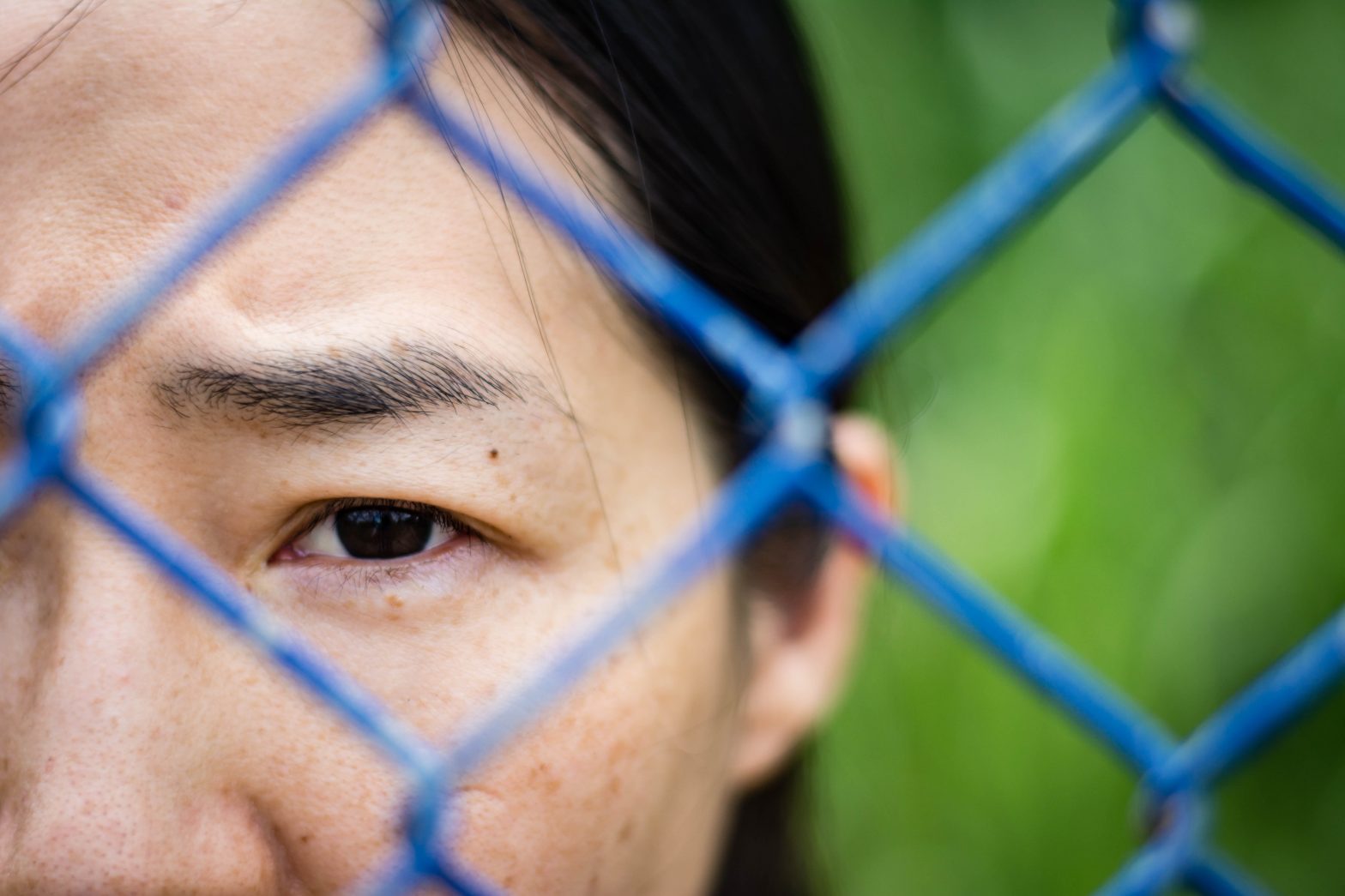Part 8 for 16 Days of Activism Against Gender-based Violence. Photo: iStock.com/Favor of God
December 2, 2018 is the International Day for the Abolition of Slavery. Modern-day slavery is appallingly widespread. According to the UN more than 40 million people are in forced labor, including 4.8 million in forced sexual exploitation. Women and girls are disproportionately affected by forced labor, accounting for 99% of victims in the commercial sex industry, and 58% in other sectors.
What can be done? In November 2016, a new legally binding Protocol by the International Labor Organization (ILO) designed to strengthen global efforts to eliminate forced labor, entered into force. A global campaign is underway – The 50 for Freedom campaign – which aims to persuade at least 50 countries to ratify the Forced Labor Protocol by the end of 2019. To date, 27 have done so – and their website invites you to help petition the leaders of the world.
The 2018 Trafficking in Persons (TIP) Report by the US State Department highlights community action as an essential component of this global challenge. It states “National governments cannot do these things alone. Their commitments to this issue are more effectively realized in partnership with the communities that face it, including local authorities, NGOs and advocates, and individual community members who are often the eyes, ears, and hearts of the places they call home.” The TIP report notes success stories in Nigeria, Nepal and in the US where local communities were key in intervening to halt trafficking.
During last September’s #JusticeForAll campaign, Holly Burkhalter of the International Justice Mission (IJM) published the example of the Released Bonded Laborers Associations (RBLAs). Organized in five districts of Tamil Nadu, India, RBLAs are made up of survivors of modern-day slavery in India. Although bonded labor is illegal in India, Burkhalter reports that 13.3 to 14.7 million people are literally slaving away in brick kilns, rice mills, textile factories and rock quarries across the country. Many have been transported hundreds or even thousands of miles from their homes by the traffickers – a strong barrier to their escape.
Burkhalter writes that the RBLAs “make an inestimable contribution to helping reintegrate newly released men, women and children into their home communities, which is essential for the restoration of people who may have been enslaved their entire lives. The RBLAs, who have received training and support from International Justice Mission, the Madras School of Social Work, the Foundation for Sustainable Development (a grassroots association of scheduled tribes and castes) and others, help newly-released laborers to secure livelihood opportunities, enroll children in school, and link their communities to government services.”
Namati is an organization that trains “grassroots legal advocates” – sometimes called “barefoot lawyers” or “community paralegals.” It supports a network of organizations like IJM that share this approach.
Child sex slavery is perhaps the most horrific aspect of modern slavery, and illustrates how international interventions like the TIP report and local community advocacy can work together to make a difference. In the book Half the Sky by Nicholas Kristof and Sheryl WuDunn, they tell the story of “Svay Pak, a Cambodian village that used to be one of the notorious places in the world for sex slavery. On Nick’s first visit, brothels there had seven- and eight-year-old girls for sale.” After the US State Department strongly criticized Cambodia in its TIP report – and IJM opened an office there, he reported seeing only 10% as many. “This is a sign,” they write, “that progress is possible.”


